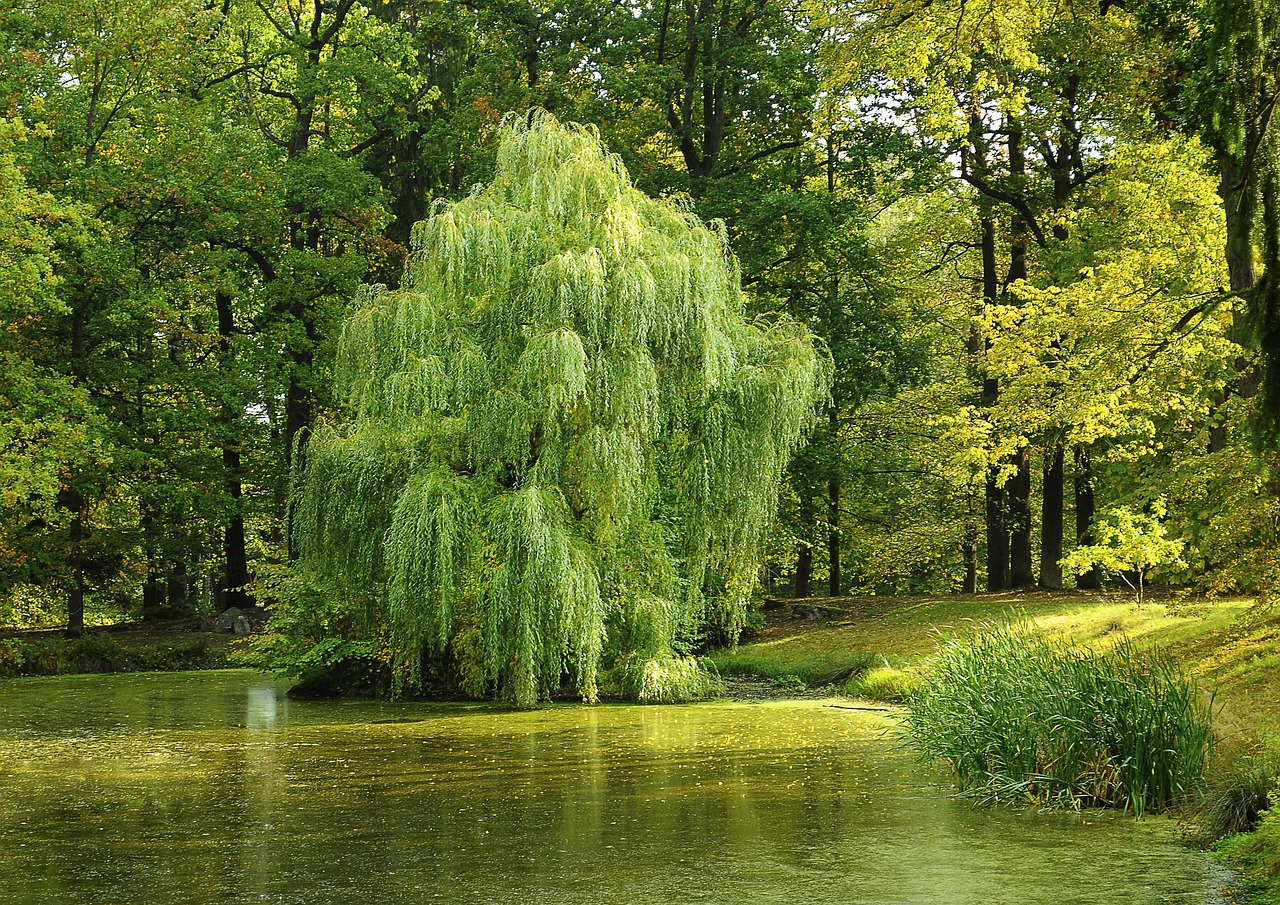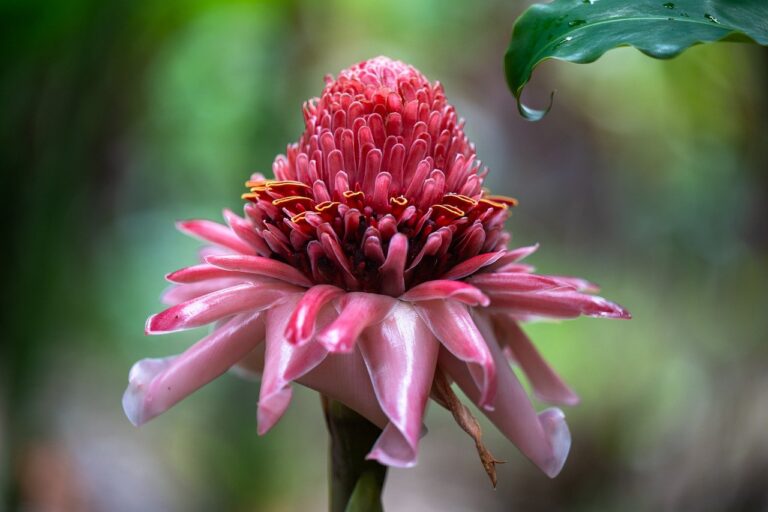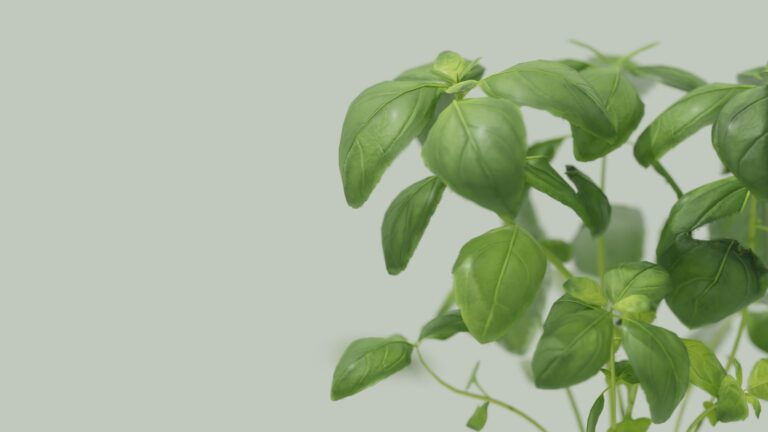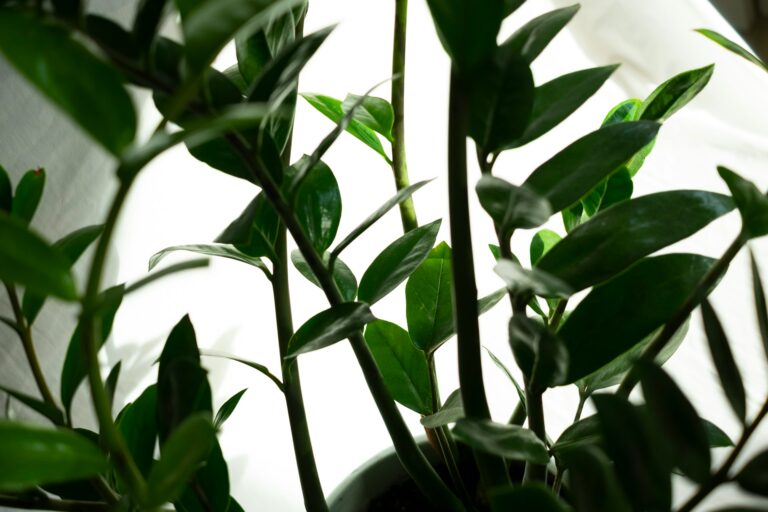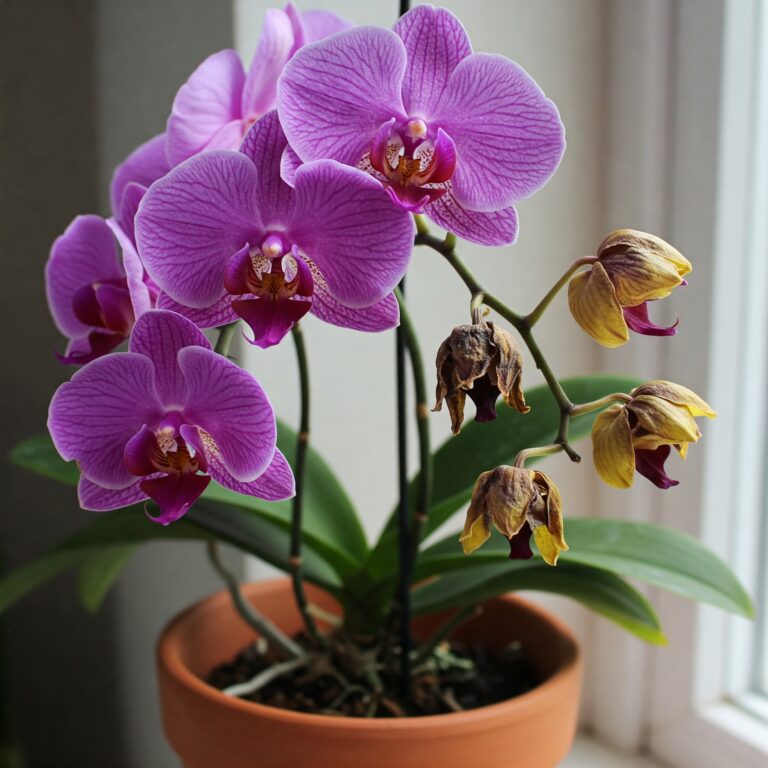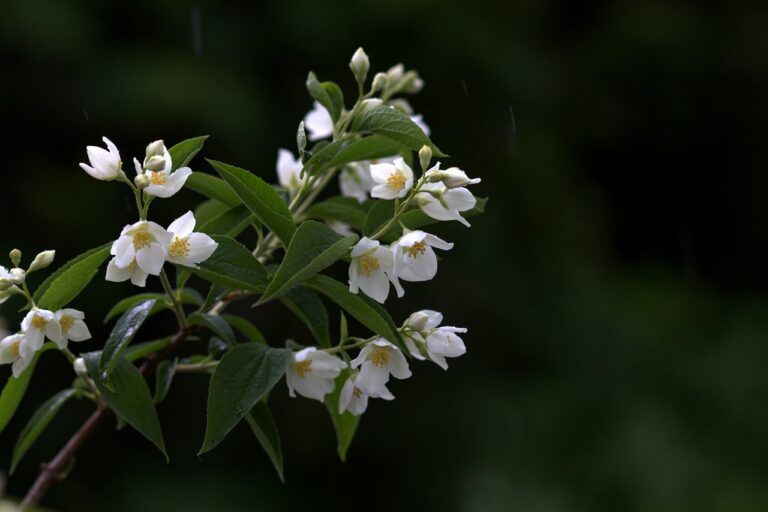Willows, known for their graceful appearance and lush foliage, are often admired for their vibrant green leaves. However, it can be disheartening to witness a willow tree’s foliage turning yellow, as this color change may indicate an underlying issue affecting the tree’s health.
So, what causes yellow leaves on willow tree? The major causes of leaves turning yellow are nutrient deficiencies, seasonal changes, water stress, soil pH imbalance, and pests and diseases.
This article will explore the factors that can cause yellow leaves on willows and explore potential remedies to restore their vitality.
Factors causing yellow leaves on willow trees.
Seasonal changes.
Seasonal changes play a significant role in the natural color changes observed in willow trees. During the autumn, the leaves of many deciduous trees, including willow trees, undergo a process known as senescence. Senescence is a natural part of the tree’s life cycle in which it prepares for winter dormancy.
As the days become shorter and temperatures drop, willow trees begin to conserve energy and nutrients for the upcoming winter. Yellowing leaves during seasonal changes are normal. However, if willow tree leaves turning yellow occur outside of autumn or is accompanied by other signs of distress, such as wilting or leaf drop, it is advisable to investigate further.
During senescence, the production of chlorophyll slows down and eventually stops. As a result, the green color fades, and other pigments, such as carotenoids, become more visible.
Improper watering.
Improper watering practices can indeed cause the leaves of willow trees to turn yellow. Both overwatering and underwatering can negatively affect the tree’s health and foliage.
When willow trees are overwatered, the excess moisture in the soil can lead to root suffocation and root rot. Roots need oxygen to function correctly, and waterlogged soil restricts oxygen availability. As a result, the roots may become weak, damaged, or die off.
When the roots are compromised, the tree’s ability to absorb water and nutrients becomes impaired, leading to willow tree leaves turning yellow due to nutrient deficiencies.
On the other hand, underwatering can also contribute to yellowing leaves on willow trees. When the tree does not receive enough water, it dehydrates, leading to stress. Under these conditions, the roots struggle to extract water and nutrients from the soil, resulting in nutrient deficiencies.
Proper watering practices are crucial to maintain the health of willow trees. Strike a balance by providing consistent moisture without waterlogging the soil. The best approach is to water deeply and infrequently, allowing the soil to partially dry out between watering sessions. This encourages the development of a well-established root system and helps prevent issues associated with overwatering and underwatering.
Nutrient deficiencies.
Nutrient deficiencies can impact the health and appearance of willow tree leaves, causing them to turn yellow. Essential nutrients are vital for various metabolic processes within the tree, including chlorophyll production and overall plant growth. When these nutrients are lacking or insufficiently available, it can lead to willow tree leaves turning yellow.
Nitrogen deficiency
Nitrogen is an essential nutrient for plant growth and is directly involved in chlorophyll synthesis. When a willow tree lacks sufficient nitrogen, it cannot produce enough chlorophyll. As a result, the leaves lose their green color, turning pale yellow. Nitrogen deficiency is often characterized by uniform yellowing of the older leaves while the veins remain green.
Iron deficiency
Iron is another crucial nutrient required for chlorophyll production. When a willow tree experiences an iron deficiency, it struggles to produce chlorophyll effectively. Consequently, the leaves turn yellow due to the reduced chlorophyll content. In some cases, the yellowing may appear as interveinal chlorosis, meaning the areas between the veins become yellow while the veins remain relatively green.
Magnesium deficiency
Magnesium is an essential component of chlorophyll molecules. It helps to stabilize the chlorophyll structure and facilitate the absorption of sunlight. When a willow tree lacks magnesium, it cannot synthesize chlorophyll properly, resulting in decreased chlorophyll levels. As a result, the leaves may exhibit yellowing, particularly along the edges and between the veins.
Addressing nutrient deficiencies involves identifying the specific nutrients lacking in the soil through soil testing. Once diagnosed, appropriate fertilization methods, such as applying a balanced fertilizer or specific nutrient supplements, can correct the deficiency and restore healthy foliage color in the willow tree.
Soil pH imbalance.
Soil pH imbalance can contribute to yellowing leaves in willow trees. Like many other plants, willow trees have specific pH preferences for optimal growth and nutrient uptake.
High Soil pH (Alkaline Soil)
When the soil pH is too high, meaning it is alkaline, certain essential nutrients become less available to the willow tree’s roots. Some nutrients, such as iron, manganese, and zinc, are particularly affected by high pH levels.
In alkaline soil conditions, the availability of iron is significantly reduced. Iron deficiency, known as iron chlorosis, can lead to willow tree leaves turning yellow. Typically, iron chlorosis manifests as interveinal yellowing, where the areas between the veins of the leaves turn yellow while the veins remain relatively green.
Do Succulents Like Acidic Soil?
Low Soil pH (Acidic Soil)
Conversely, excessively low soil pH, which is acidic, can also impact nutrient availability. Acidic soil conditions can cause toxic elements, such as aluminum and manganese, to be present in the soil. These toxic levels can hinder the willow tree’s root development and nutrient uptake.
Nutrient deficiencies can occur when the tree’s roots cannot efficiently absorb necessary nutrients due to the toxic effects of elements in acidic soil.
Maintaining a balanced soil pH within the preferred range for willow trees is crucial to ensure optimal nutrient availability. Willow trees generally thrive in slightly acidic to neutral soil with a pH range of around 6.0-7.0. A soil test can help determine the current pH level and guide corrective measures if an imbalance is detected.
To address high soil pH, amendments like sulfur or acidifying fertilizers can lower the pH and create a more suitable environment for nutrient availability. Incorporating organic matter or using lime can help raise the pH and reduce toxicity levels for low soil pH.
Why Is My Lavender Plant Turning Yellow?
Pests and diseases.
Pests and diseases can contribute to the yellowing of leaves in willow trees. When these organisms infest or infect the tree, they can disrupt its normal physiological functions, including nutrient uptake and photosynthesis, leading to willow tree leaves turning yellow.
Various pests can attack willow trees and feed on the leaves, causing damage that results in yellowing. Some common pests include aphids, caterpillars, scales, and mites.
These pests often pierce the leaves and extract sap, which contains vital nutrients. When the pests feed extensively, they deprive the leaves of these nutrients, leading to nutrient deficiencies. As a consequence, the affected leaves may turn yellow.
Certain diseases caused by fungi, bacteria, or viruses can also cause yellowing leaves in willow trees. These diseases can impair the tree’s ability to absorb nutrients and water, affecting its overall health and leaf color.
Fungal diseases, such as leaf spot diseases, can cause the leaves to develop yellow spots or blotches. These spots may gradually enlarge and coalesce, leading to a widespread yellowing of the leaf surface. Bacterial infections, like fire blight, can cause yellowing and wilting of leaves, often accompanied by browning or blackening of the affected tissue.
Proper pest management and disease control measures are essential to prevent and mitigate the impact of pests and diseases on willow trees. Regular monitoring, early detection, and appropriate interventions, such as pruning affected branches, applying insecticides or fungicides, or adopting cultural practices that promote tree health, can help prevent or minimize yellowing caused by pests and diseases.
Conclusion
Yellow leaves on willow trees can be attributed to various factors, including seasonal changes, improper watering, nutrient deficiencies, soil pH imbalances, pests, and diseases.
By understanding these causes, tree owners can take proactive measures to address these issues and maintain the health and vibrancy of their willow trees. Regular monitoring, proper irrigation, fertilization, and pest management practices are key to ensuring that the willow tree leaves remain lush, vibrant green.
